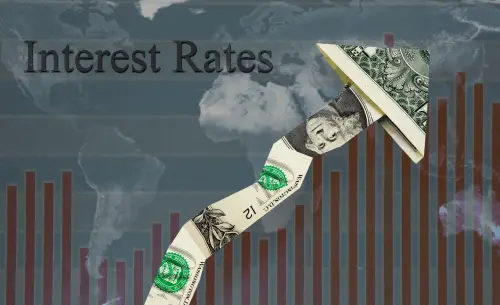Last year’s dramatic Asian exchange rate collapses have intensified efforts to understand and control the forces behind such crises. Until recently economists blamed currency crises on distorted domestic macroeconomic conditions. But the Asian crises grew out of quite different economic subsoil—namely, microeconomic weaknesses in domestic banking systems and unprecedented exposure to exchange rate risk by those who borrowed in foreign markets.
The latest currency crisis in Asia has raised a number of important issues relating to exchange rate management. First, why has the dollar-peg system, which seemed to have served Asian countries so well in the past, become so vulnerable? Second, is the de-linkage of Asian currencies from the US dollar just an emergency measure that should be reversed once the crisis is over? Finally, if the dollar-peg system should be abandoned sooner rather than later, what are the alternatives? This paper seeks to answer these questions by applying the tools of economic analysis to the current circumstances of Asian countries.


Commentary
The Asian Financial Crisis: What Happened and What We Can Learn from It
June 1, 1998